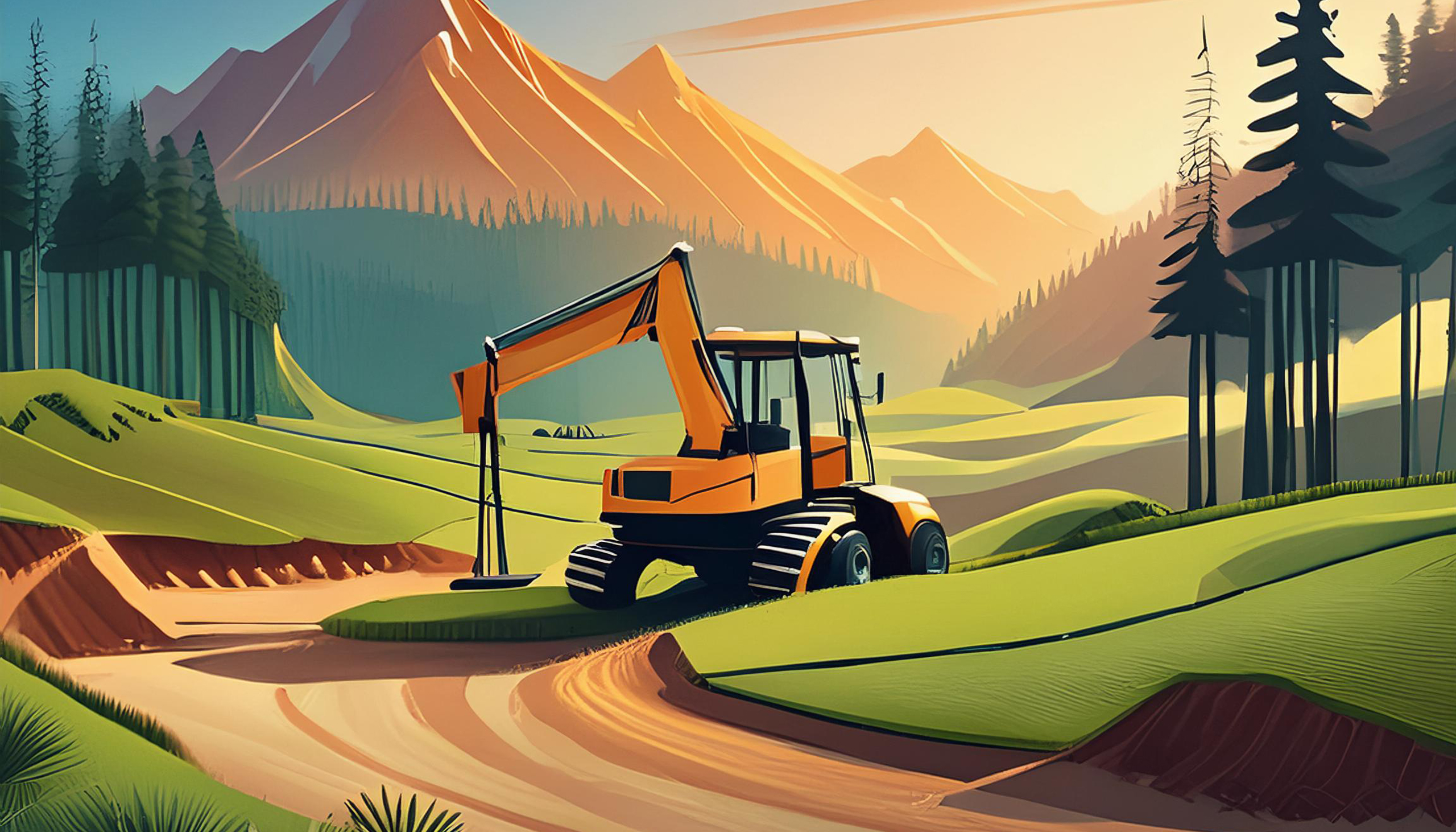
Golf course construction projects are complex endeavours that require meticulous planning, expert craftsmanship, and a deep understanding of the natural environment. Whether you’re embarking on building a full-scale golf course, making alterations, developing practice facilities, or enhancing an existing course, the construction stages are fundamental.
We will look to navigate you through each crucial stage of golf course construction, beginning with site selection & evaluation and concluding with post-construction maintenance to ensure the longevity and quality of your course.
Site Selection & Evaluation
Choosing the optimal site for your golf course development is paramount to its success. Key considerations include terrain, soil quality, and accessibility, as these factors directly influence playability, aesthetics, and the course’s sustainability. Additionally, the availability of construction materials should not be underestimated, as easy access can streamline the building process and minimise costs.
Design & Planning
Prior to breaking ground, thorough design and planning are imperative. Collaborating with a skilled golf course architect is essential during the phase to translate your vision into a detailed blueprint. Architects bring expertise in crucial construction element such as drainage and irrigation, vital for maintaining the course’s condition. Obtaining approval from local authorities is also essential to ensure compliance with regulations and environmental preservation.
Earthmoving & Shaping
Earthmoving is a foundational step in golf course construction, involving excavating, grading, and sculpting the terrain to meet design specifications. This process is instrumental in creating the fairways, greens, and hazards that define the course’s character and challenge.
Irrigation & Drainage
An efficiently design irrigation system is indispensable for sustaining the health and playability of the golf course. Various irrigation systems, including automatic and non-automatic systems, are employed to source water from different outlets. Effective irrigation prevents drought stress, while proper drainage mitigates waterlogged areas that could impede play.
Bunker & Hazard Construction
Golf Courses are renowned for their hazards, including bunkers, water features, and strategically placed vegetation. Bunkers are meticulously crafted through excavation and shaping, with drainage features to maintain integrity. Water hazards, often designed as lakes, add complexity and are constructed using earthwork dams and impermeable materials. Strategic planting of vegetation further enhances the course’s beauty and challenge.
Grass Selection & Planting
Selecting the appropriate grass species is paramount for the success of any golf course. Different grass types offer varied textures, colours, and growth patterns, significantly impacting the playing experience. Careful selection and planting ensure that the course’s surfaces provide desired playing characteristics and aesthetics.
Maintenance & Management Post Construction
Diligent maintenance is essential post-construction to ensure the course’s long-term success. Turf management take precedence, requiring ongoing care such as mowing, fertilisation, pest control, and irrigation management. Proper maintenance preserves the course’s quality, providing and exceptional experience for golfers.
Conclusion
Construction a golf course is multifaceted process that demands meticulous planning, attention to detail, and ongoing maintenance. Each stage, from site selection to post-construction management, contributes to shaping the course’s character and success. by following these steps diligently, you can create a golf course that seamlessly integrates sport and nature, providing a memorable experience for players of all skill levels.